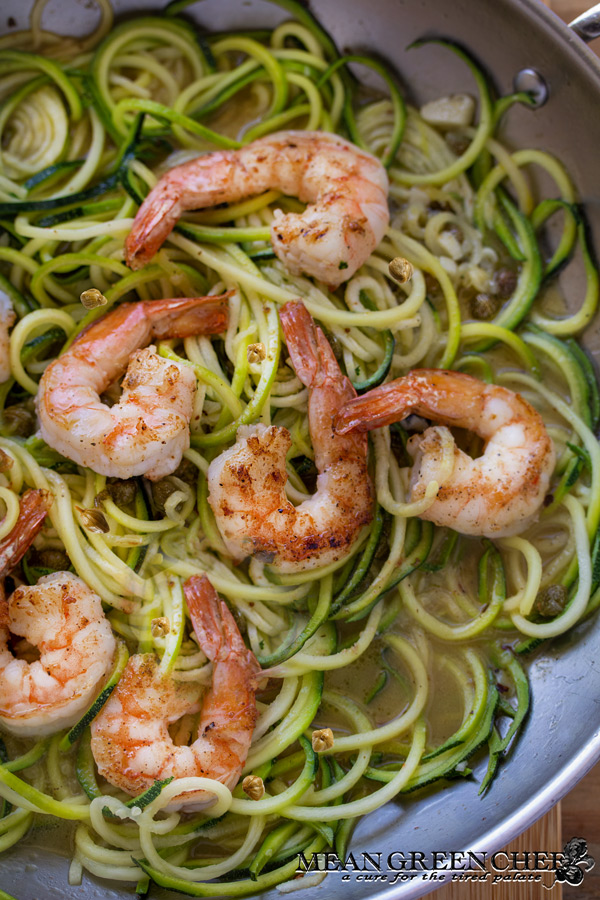
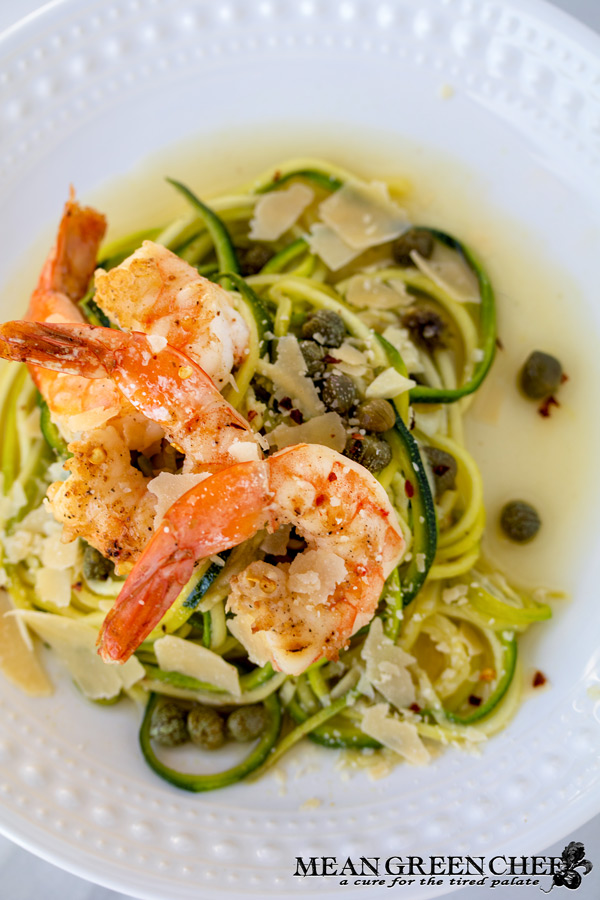
carte du jour
ToggleKey Factors to Consider When Purchasing Fresh Shrimp
Appearance: Opt for shrimp with firm, translucent flesh that has a slightly shiny appearance. Avoid shrimp that appear dull, discolored, or slimy, as these may indicate deterioration.
Smell: Fresh shrimp should have a mild, briny scent reminiscent of the ocean. Avoid shrimp with a strong ammonia odor, as this can indicate spoilage.
Texture: Look for shrimp that feel firm and springy to the touch. Avoid shrimp that feel mushy or overly soft, as this can be a sign of deterioration.
Color: Depending on the species, fresh shrimp may range in color from gray to pink to reddish-orange. Choose shrimp with a consistent coloration throughout, avoiding any with dark spots or discoloration.
Shell Condition: Check the shells of the shrimp for any cracks or signs of damage. Shrimp with intact, unblemished shells are likely fresher and better preserved.
Eyes: Examine the eyes of the shrimp. Fresh shrimp should have clear, glossy eyes. Avoid shrimp with cloudy or sunken eyes, as this can indicate age or deterioration.
Size: Consider the size of the shrimp based on your recipe and personal preference. Larger shrimp tend to have a more robust flavor and meatier texture, while smaller shrimp are often more delicate.
Source: Whenever possible, choose sustainably sourced shrimp to support responsible fishing practices and ensure the highest quality and freshness. Look for certifications such as Marine Stewardship Council (MSC) or Aquaculture Stewardship Council (ASC) to ensure ethical sourcing.
By considering these factors when purchasing fresh shrimp, you can select the highest quality product for your culinary creations and ensure a delicious dining experience.
Keep in mind: If your shrimp emits an unpleasant odor resembling ammonia or iodine, or if they feel slimy, soft, or mushy to the touch, it’s best to avoid them. Promptly return them to the store. This issue is typically not encountered with properly defrosted frozen shrimp.

Proper Preparation of Shrimp for Cooking
Thawing: If using frozen shrimp, thaw them properly before cooking. The safest method is to thaw shrimp in the refrigerator overnight. Alternatively, you can place them in a sealed plastic bag and submerge them in cold water for quicker thawing, changing the water every 30 minutes.
Peeling: To peel the shrimp, grasp the legs and gently pull them off. Starting from the underside, peel away the shell by pulling it apart from the body. Leave the tail intact if desired for presentation.
Deveining: Use a small paring knife or shrimp deveiner to make a shallow slit along the back of each shrimp, exposing the dark vein. Carefully remove the vein with the tip of the knife or a clean finger.
Rinsing: Rinse the peeled and deveined shrimp under cold running water to remove any remaining shell fragments or debris.
Draining: Pat the shrimp dry with paper towels to remove excess moisture. Drying the shrimp helps to ensure even cooking and prevents excessive splattering when they are added to the pan.
Seasoning (Optional): At this stage, you can season the shrimp with your desired spices, herbs, or marinade to enhance their flavor. Allow the shrimp to marinate for a few minutes before cooking to absorb the flavors.
By following these steps, you can properly prepare shrimp for cooking, ensuring optimal flavor and texture in your dishes.
Remember: Avoid defrosting shrimp in the microwave or leaving them out on the counter! Defrosting shrimp on a kitchen counter can be dangerous because it allows the shrimp to enter the “danger zone” of temperatures between 40°F (4°C) and 140°F (60°C) where bacteria can multiply rapidly. This can lead to foodborne illness if the shrimp are not cooked thoroughly. Additionally, leaving shrimp out at room temperature for an extended period can increase the risk of spoilage and deterioration.
Chef’s Tip: Brine those little Shrimps! It improves the texture and flavor of just about any shrimp. Add 1/2 cup Diamond Kosher sea salt (90.4g) and 1/4 cup (50g) sugar to 2-cups of rapidly boiling water until dissolved. Pour into a large bowl filled with ice water and add 1LB of shrimp. Let them soak in the brine, add ice as needed or refrigerate for 2-hours. Rinse and proceed with cooking.
- Peeling: Remove the shell before cooking if you’re serving in a hot dish such as this one. You can leave the shell on if you‘re grilling or whipping up a shrimp cocktail. Also, keep in mind that shrimp shells are a great addition to a seafood base! After peeling you can rinse them and toss em’ into the freezer to make seafood stock at a later date.
- Deveining: I recall deveining shrimp with my grandfather, it’s something I have always done and will continue to do. Although I know cooks that choose not to. I suggest that it becomes part of your shrimp cleaning ritual. If you have never cleaned shrimp, here’s an article from Fine Cooking on how to do so!
- Remember that shrimp cook fast! So toss them in at the end and stir occasionally, they cook in about 3 minutes.

Storing Shrimp Scampi Leftovers in the Refrigerator
Shrimp Scampi leftovers can be safely stored in the refrigerator, but it’s essential to follow proper storage practices to maintain their quality and safety. Here’s what you need to know:
Cooling: Allow the Shrimp Scampi to cool to room temperature before refrigerating. Avoid leaving it out at room temperature for more than two hours to minimize the risk of bacterial growth.
Storage Container: Transfer the cooled Shrimp Scampi to an airtight container or a sealable plastic bag. Ensure that the container is clean and suitable for storing food.
Labeling: Label the container with the date of preparation to track its storage time. This will help you monitor its freshness and ensure timely consumption.
Refrigeration: Place the sealed container of Shrimp Scampi in the refrigerator. Store it in the coldest part of the refrigerator, such as the back or bottom shelf, to maintain a consistent temperature.
Shelf Life: Shrimp Scampi leftovers can typically be stored in the refrigerator for up to 3-4 days. However, for the best quality and taste, it’s recommended to consume them within 2-3 days.
Reheating: When reheating Shrimp Scampi leftovers, ensure that they are heated to an internal temperature of 165°F (74°C) to kill any bacteria. Reheat individual portions in the microwave or reheat larger quantities on the stovetop over medium heat until thoroughly heated.
By following these guidelines, you can safely store Shrimp Scampi leftovers in the refrigerator and enjoy them for a few days after they’re prepared. Remember to use your best judgment and discard any leftovers that show signs of spoilage, such as an off odor or unusual texture.
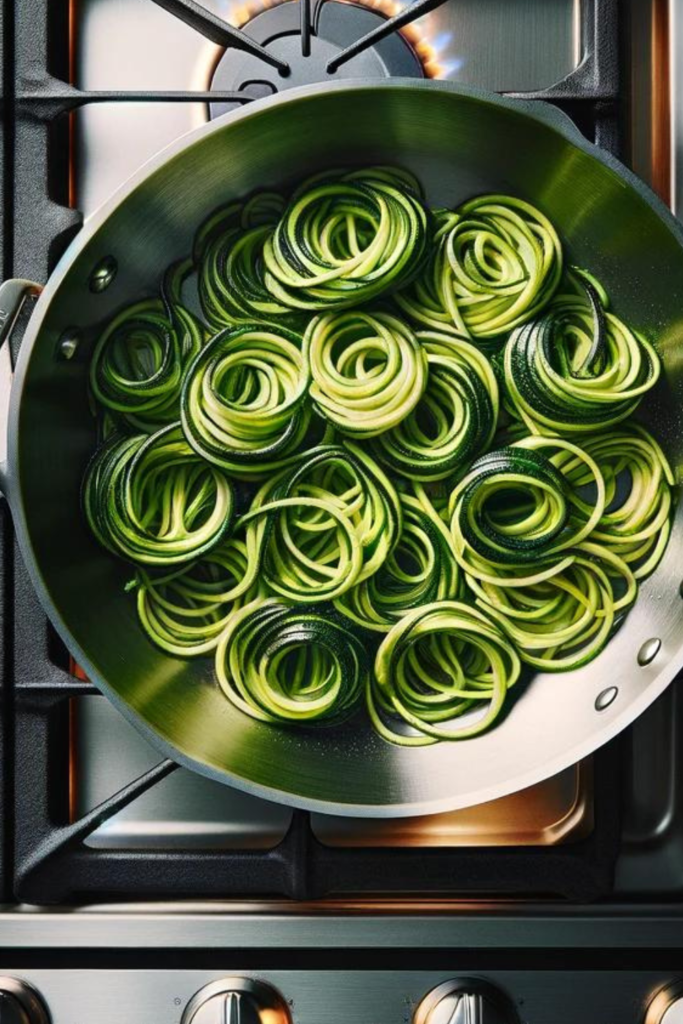
Sautéing Zucchini Noodles: Step-by-Step Guide
Prepare the Zucchini: Wash the zucchini thoroughly under cold running water. Trim off the ends and cut the zucchini into noodles using a spiralizer or julienne peeler. Alternatively, you can purchase pre-spiralized zucchini noodles from the store.
Preheat the Pan: Place a large skillet or frying pan over medium heat and add a small amount of olive oil or cooking spray. Allow the pan to heat up for a minute or two until it’s hot but not smoking.
Sauté the Aromatics (Optional): If desired, add minced garlic, diced onions, or other aromatics to the pan and sauté them for 1-2 minutes until they become fragrant and slightly softened.
Add the Zucchini Noodles: Carefully add the zucchini noodles to the hot pan, spreading them out into an even layer. Avoid overcrowding the pan, as this can cause the noodles to steam rather than sauté.
Season and Sauté: Season the zucchini noodles with salt, pepper, and any other desired seasonings, such as garlic powder, Italian herbs, or red pepper flakes. Use tongs or a spatula to toss the noodles gently and ensure they are evenly coated with the seasonings.
Cook Until Tender: Sauté the zucchini noodles for 3-5 minutes, tossing them frequently, until they are tender but still slightly crisp. Be careful not to overcook the noodles, as they can become mushy if cooked for too long.
Serve Immediately: Once the zucchini noodles are cooked to your desired level of tenderness, remove them from the heat and transfer them to serving plates or bowls. Garnish with freshly chopped herbs, grated Parmesan cheese, or a drizzle of balsamic glaze, if desired. Serve immediately as a delicious and nutritious side dish or base for your favorite sauces and toppings.
By following these simple steps, you can easily sauté zucchini noodles to perfection and enjoy them as a healthy and flavorful alternative to traditional pasta.
How to Make Spicy Shrimp Scampi
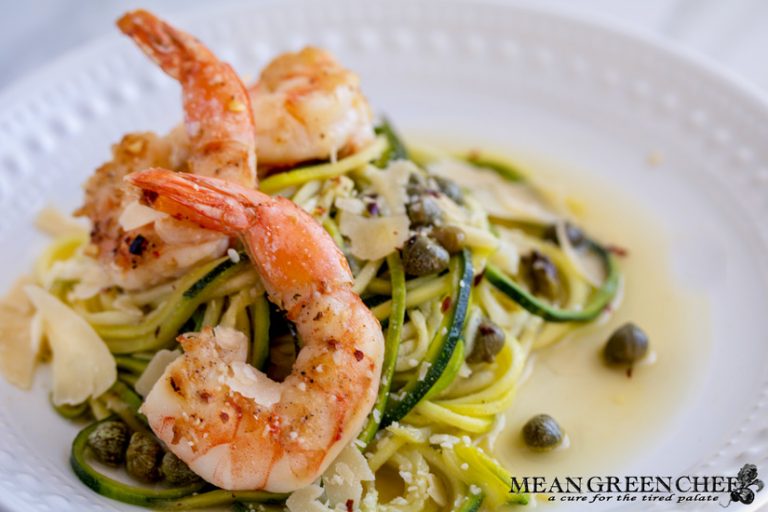
Spicy Shrimp Scampi
Ingredients
- 1 lb large shrimp, peeled + deveined
- 1/4 cup (59ml) olive oil, extra vrigin
- 1-2 teaspoons red pepper flakes, or to taste
- 1/2 red onion, fine dice
- 5 cloves garlic, smashed + peeled + diced
- 1/2 cup capers, with a little brine
- 1 lemon, zested and then juiced
- 1/2 cup (120 ml) dry white wine, sub vermouth
Instructions
- Peel and devein shrimp, brine if desired (instructions above) and then drain and pat dry.
- Heat heavy-bottomed sauté pan over med-high heat. Add the EVOO and allow to come to heat for 30 seconds.
- Add red pepper flakes, and red onion and sauté for about 5 minutes until the onions become fragrant and translucent.
- Toss in the smashed garlic and capers sauté for about 30 seconds, stirring until fragrant and lightly toasted. and the moisture has evaporated.
- Add the shrimp and lemon zest to the hot pan and brown on all sides, about 1 minute.
- Carefully add the wine and lemon juice to deglaze the pan. Remove from heat and serve over fresh zucchini noodles or egg yolk pasta.
Notes
- Prep time is approximate.
- Can be served over zucchini noodles or fresh egg yolk pasta if you want a heartier dish.
Creative Recipe Inspiration
Indulge in the tantalizing flavors of the sea with our exquisite Pasta Pescatore. This seafood pasta dish boasts a delightful medley of fresh seafood, aromatic herbs, and zesty tomato sauce, creating a culinary experience that is both elegant and satisfying.
Catch the essence of coastal cuisine with our tantalizing Blackened Grouper recipe. Succulent grouper fillets seasoned with a zesty blend of spices are seared to perfection, delivering a harmonious symphony of flavors with each bite.
Step Into My Kitchen!
Hey there, fellow food enthusiast! Welcome to Mean Green Chef, where every dish tells a story and every recipe is a labor of love. I’m thrilled to share a bit about myself and the journey that led me here, stirring pots and sprinkling spices for over three decades!


Just a quick heads up – you might notice some affiliate links sprinkled throughout our site. If you decide to click on them and make a purchase, rest assured, it won’t cost you extra. Instead, you’ll be helping to support our blog and keep the kitchen fires burning. Thanks a bunch for your support!



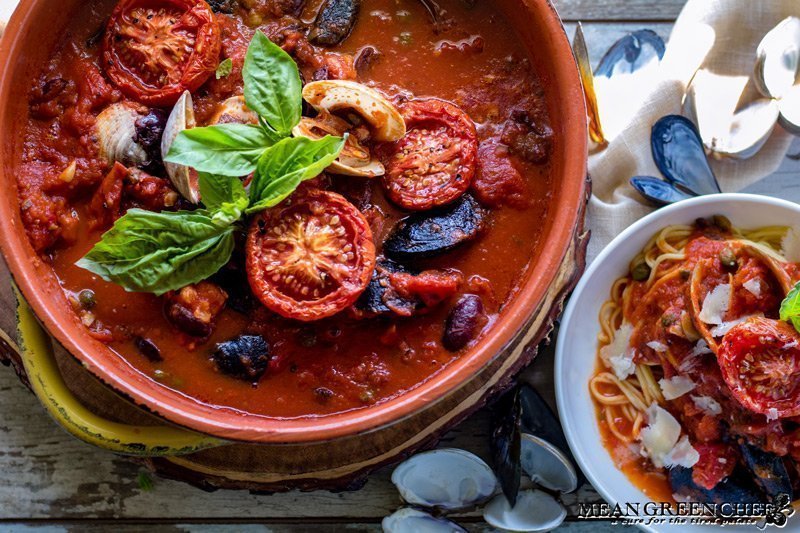
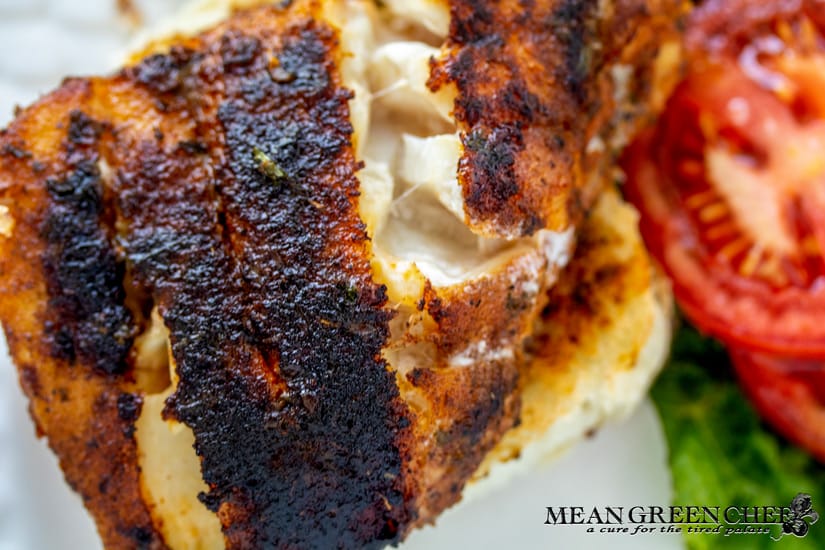



This recipe was delicious! I did thicken the sauce a little and it was perfect. Thanks
Hi Nikki, thank so much for the feedback! :)???